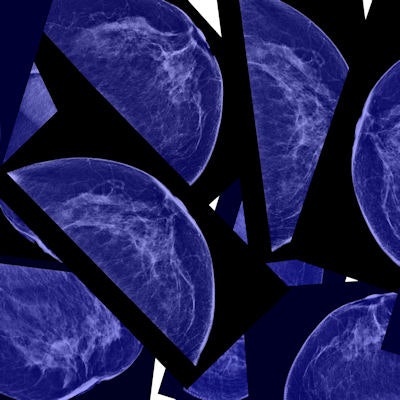
Breast cancer death rates are converging among U.S. white and African-American women, according to an analysis published online October 3 in CA: A Cancer Journal for Clinicians.
A team led by Carol DeSantis of the American Cancer Society (ACS) found that overall breast cancer death rates dropped 39% between 1989 and 2015. And while black women continue to have higher breast cancer death rates than white women, the mortality rates from the disease are now equivalent in several states, the researchers wrote.
DeSantis and colleagues used population-based cancer incidence data from the Surveillance, Epidemiology, and End Results (SEER) program and the U.S. Centers for Disease Control and Prevention's National Program of Cancer Registries. Black women had a slightly lower incidence rate of breast cancer, but they had a much higher mortality rate, the group found.
| Breast cancer incidence and death rates by race, 2010-2015 | |||
| White women | Black women | Difference | |
| Incidence rate, 2010-2014 | 128.7 per 100,000 | 125.5 per 100,000 | -3% |
| Death rate, 2011-2015 | 20.8 per 100,000 | 29.5 per 100,000 | 42% |
The researchers also found, however, that in seven states there were no significant differences in breast cancer death rates between black and white women -- although in many of those states, the closing gap might be due to a lack of statistical power, they noted. But in Connecticut, Delaware, and Massachusetts, similar rates suggest that "equitable breast cancer outcomes are achievable," the group wrote.
"A large body of research suggests that the black-white breast cancer disparity results from a complex interaction of biologic and nonbiologic factors, including differences in stage at diagnosis, tumor characteristics, obesity, [and] other health issues, as well as tumor characteristics, particularly a higher rate of triple negative cancer," DeSantis said in a statement released by the ACS. "But the substantial geographic variation in breast cancer death rates confirms the role of social and structural factors, and the closing disparity in several states indicates that increasing access to healthcare to low-income populations can further progress the elimination of breast cancer disparities."




















